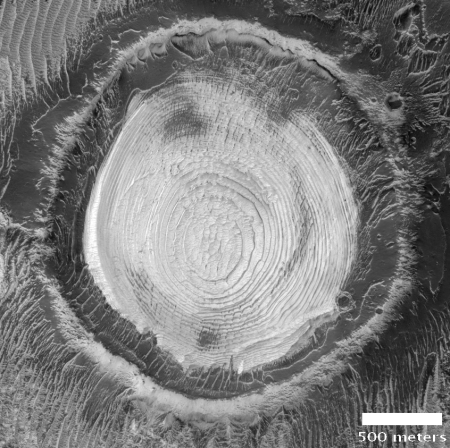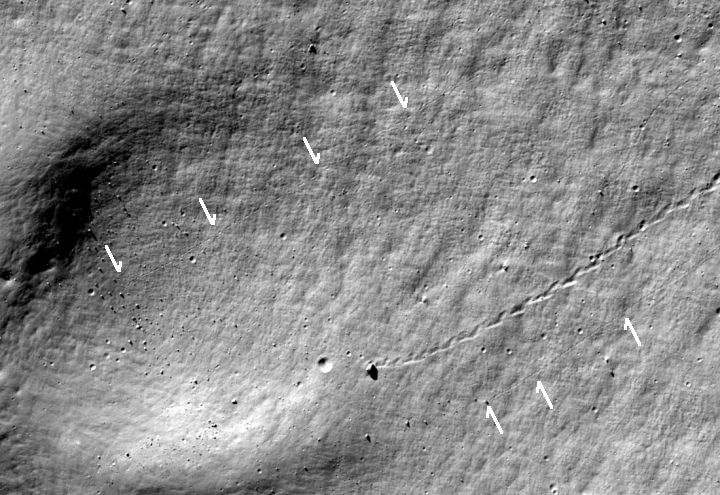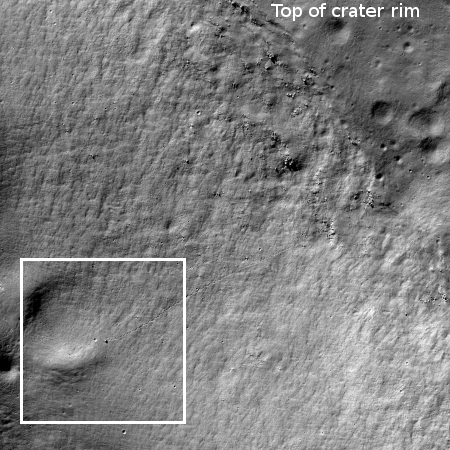Landowners in Scotland sign lease for spaceport
The new colonial movement: The landowners for a planned commercial spaceport in Sutherland, Scotland, have now signed a 75-year lease with the spaceport developers.
Construction of the project is anticipated to begin next year with the UK Space Agency (UKSA) providing a grant of £2.5million to HIE, as well as funding two launch companies who will use the facility once it is operational.
I highlight the word “UK”, which stands for the United Kingdom, because that word indicates another very big unstated obstacle to this spaceport. The UK as a whole has voted to leave the European Union. The population of Scotland however voted against that exit, and its leaders have indicated that they will not go along with the plans of the new British prime minister, Boris Johnson, to exit, deal or no deal. In fact, they have indicated that they would instead want to leave the United Kingdom in that case.
Should that happen, the future of this spaceport will be threatened. The deals that have made it possible have come from the UK space agency, a entity that Scotland would no longer belong should it leave the United Kingdom.
The new colonial movement: The landowners for a planned commercial spaceport in Sutherland, Scotland, have now signed a 75-year lease with the spaceport developers.
Construction of the project is anticipated to begin next year with the UK Space Agency (UKSA) providing a grant of £2.5million to HIE, as well as funding two launch companies who will use the facility once it is operational.
I highlight the word “UK”, which stands for the United Kingdom, because that word indicates another very big unstated obstacle to this spaceport. The UK as a whole has voted to leave the European Union. The population of Scotland however voted against that exit, and its leaders have indicated that they will not go along with the plans of the new British prime minister, Boris Johnson, to exit, deal or no deal. In fact, they have indicated that they would instead want to leave the United Kingdom in that case.
Should that happen, the future of this spaceport will be threatened. The deals that have made it possible have come from the UK space agency, a entity that Scotland would no longer belong should it leave the United Kingdom.



